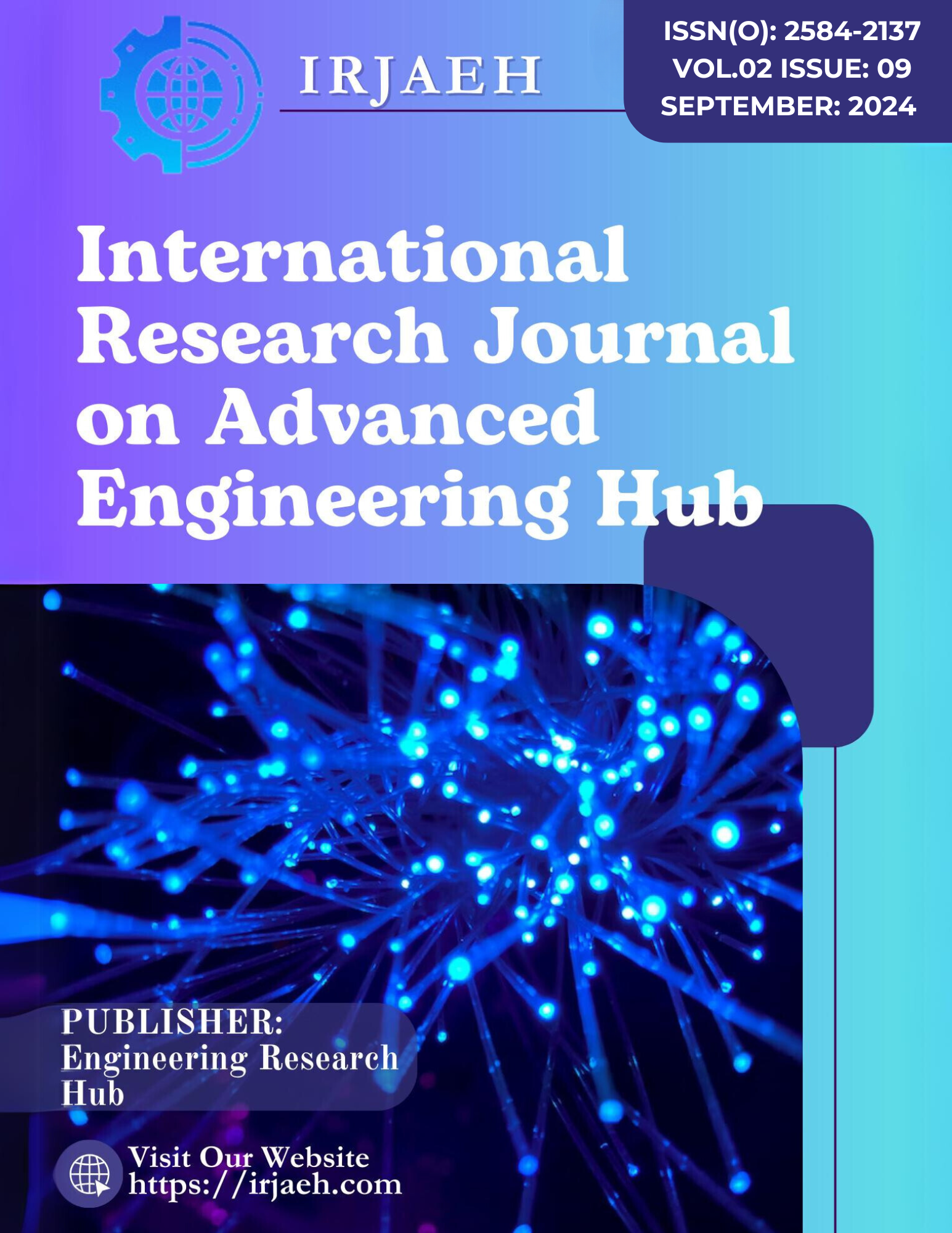Influence of Non-Biodegradable Polyethylene Terephthalate on Fresh and Hardened Properties of High-Strength Concrete
DOI:
https://doi.org/10.47392/IRJAEH.2024.0309Keywords:
workability, river sand, PET, OPC, flexural strength, compressive strengthAbstract
The influence of non-biodegradable Polyethylene Terephthalate (PET) on the mechanical characteristics and workability of the produced specimens was examined in this research work. However, in cement mixtures with a consistent cement content and water to cement ratio, river sand was substituted for four different PET weight fractions of 10, 20, 30, and 40%. Increasing the amount of PET replacement improves the combinations' workability. However, as PET inclusion increases, the dry density, compressive and flexural strengths decreased, with the exception of the mix that contained 10% PET, which increased the compressive and flexural strengths. It was concluded that the combination containing 30% PET is regarded as a lightweight mortar and appropriate for structural uses based on the dry density and compressive strength data.
Downloads
Downloads
Published
Issue
Section
License
Copyright (c) 2024 International Research Journal on Advanced Engineering Hub (IRJAEH)

This work is licensed under a Creative Commons Attribution-NonCommercial 4.0 International License.

 .
. 